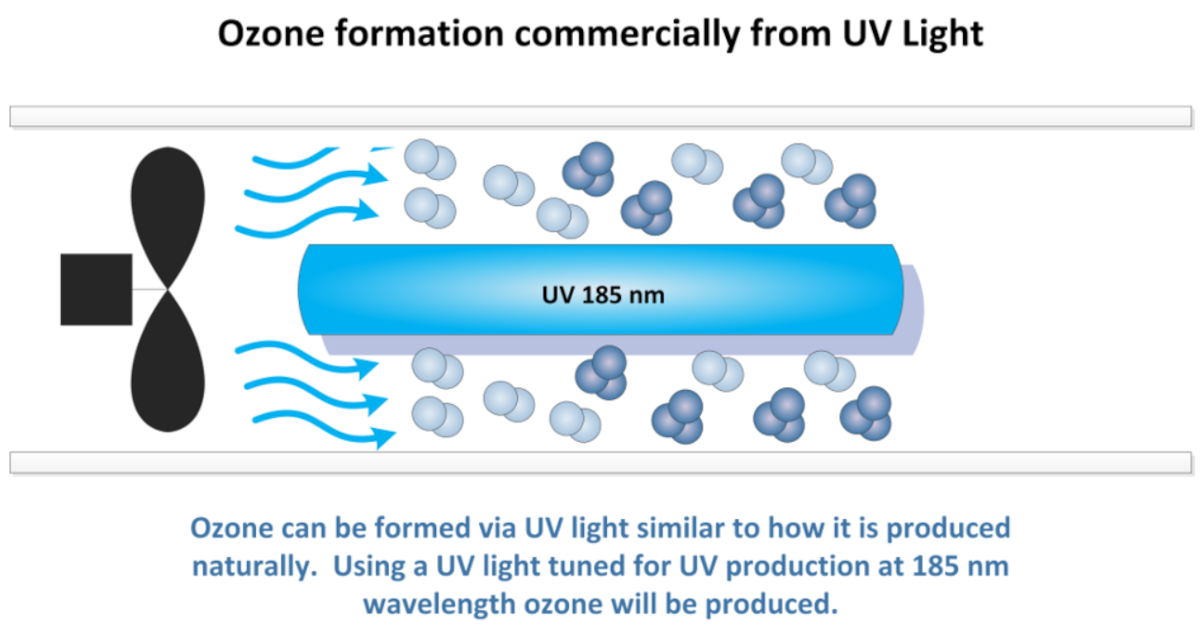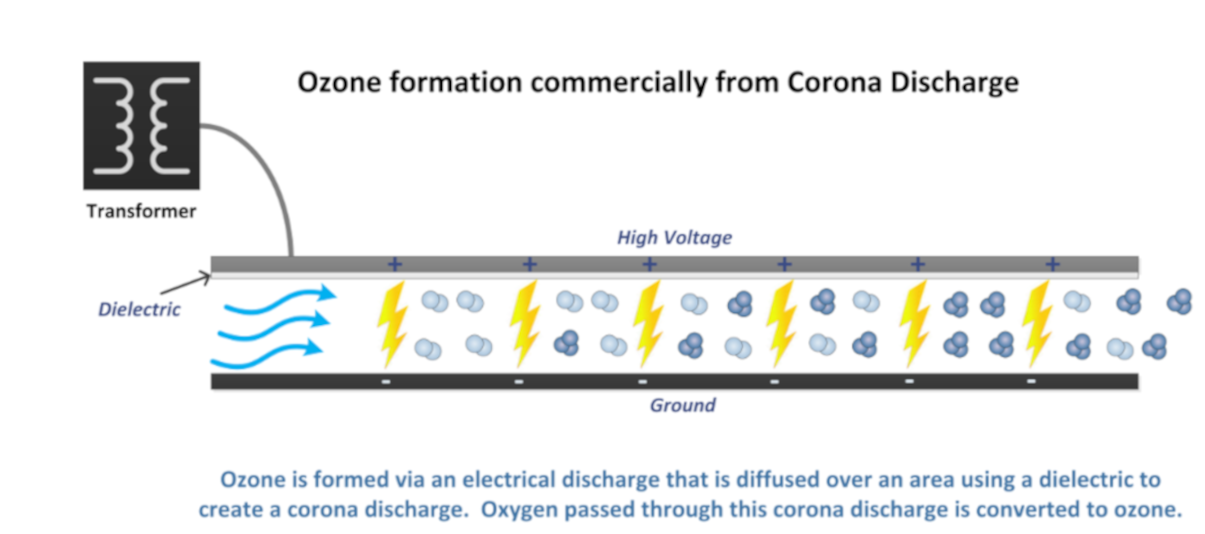Odor Removal
Volatile organic compounds, commonly referred to as VOCs are typically made up of bacteria, and are the root cause of foul odors. While malodors are definitely a nuisance, they can also be extremely harmful to breathe in. While a good amount of odors are easily cleaned and ridded of, there are still a large number of smells that traditional cleaning methods simply can’t tackle.
When it comes to these tricky-to-eliminate odors, ozone may just be the answer you’ve been looking for. While there are many expensive industrial ozone generators on the market, we have the perfect variety of economically priced generators that will be perfect for getting rid of those pesky odors.
If you’re looking to use ozone for a specific odor, please see the tags below for scent-specific information. Simply click on the image to get a better understanding of the odor, and how ozone can help to eliminate it.
How Is Ozone Produced:
The first thing to understand when discussing ozone production is the molecular structure of ozone. Ozone (O3) consists of 3 oxygen atoms, while the air we breathe is made up of 2 (O2). Ozone is considered radical because elemental oxygen (O) is naturally bound in groups of two, because of this, ozone cannot last for an extended period of time. Soon enough, the ozone’s third oxygen atom will break off, converting the ozone molecule back into oxygen.
There are two primary means for commercial ozone production:
-Corona Discharge
-Ultraviolet (UV) Light
Ozone Production from Electrical Discharge:
Electrical discharge, or corona discharge, is the most common method for artificially producing ozone for commercial purposes. A corona discharge is simply a diffused spark through a dielectric to spread out that electrical discharge to a large area for maximum efficiency. See the diagram below for a visual representation on how ozone is formed from corona discharge.
Ozone Production from UV Light:
Using UV Light for ozone production works in a very similar way to Corona Discharge. In both instances, you are breaking down the oxygen molecule to cause the ‘radical’ free elemental oxygen (O) so it can bind to O2 for the creation of O3. UV light wavelengths below 240 nm have the capacity to produce ozone. For a visual behind this process, see below. 
How Does Ozone Remove Odors:
As stated above, ozone is considered an unstable gas which means it cannot exist for a long time before nature forces the third oxygen atom to break free. This is how ozone is capable of eliminating odors! The single elemental oxygen atom breaks from the ozone molecule and then oxidizes the odor-creating bacteria. Once this process is complete, the ozone is no longer present and is now replaced by the oxygen molecules. Of course, this process is going to take more time to complete as the amount of ozone being produced increases, please remember this as you incorporate safety precautions into your ozonation process.

One particularly great aspect of using ozone for odor removal is ozone’s ability to change the chemical compounds that are creating the foul smell. Because of this, ozone isn’t just covering up the odors you want to get rid of, it is actually getting rid of the smell at the source. This helps to ensure that odor will not continue to come back time after time.
Ozone Generators vs. Ionizers:
There can be a lot of confusion when it comes to differentiating between ozone generators and ion generators (ionizers). Both products are typically marketed as air purifiers, and using either can result in your air smelling cleaner. However, the actual benefits of the two products are very different. Ionizers work by producing and spreading negative ions throughout a room, these negative ions attract dust and bacteria and then stick to the closest positively charged ions. Typically, these positively charged ions are going to be walls, furniture, ceilings, and floors.
The downside to using ionizers is that they are unable of destroying the source of odors, they can only temporarily mask the smells. Ozone, on the other hand, will change the chemical structure of the bacteria so the odor will not keep coming back.
Safety Precautions:
Ozone is an incredibly effective method for odor control, however, the proper safety measures do need to be accounted for before use. Ozone at low levels is safe to breathe in (OSHA requires that workers not be exposed to an average concentration of more than 0.1 ppm for 8 hours). Using low, safe levels of ozone can be effective at removing lighter odors, however, more ozone will be necessary to treat strong odors. When you are working with high levels of ozone, remember to make sure that no person or pet has access to the room or area that is being ozonated. If you would like to analyze the ozone levels for a specific area, you can view our ozone monitors here.
Recommended Products:
We have recently introduced a new line of ambient air ozone generators. These generators are low-cost and extremely effective at removing odors. Of these new ozone generators, we have HVAC systems for oxidizing buildings, as well as units that produce ozone by corona discharge, and UV light. Please click here to see our full lineup of ambient air ozone generators.
































